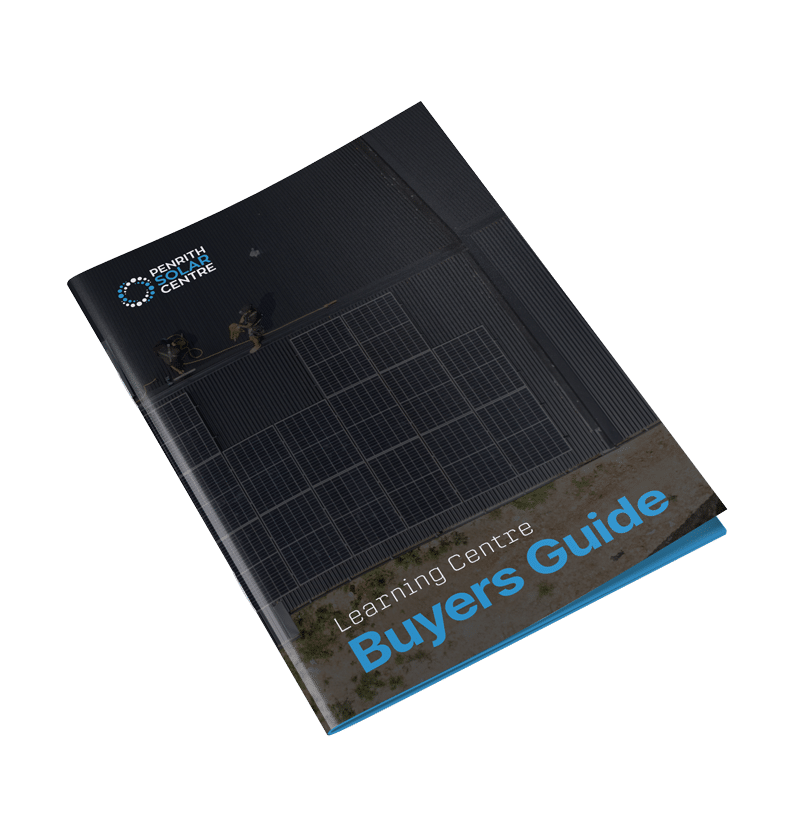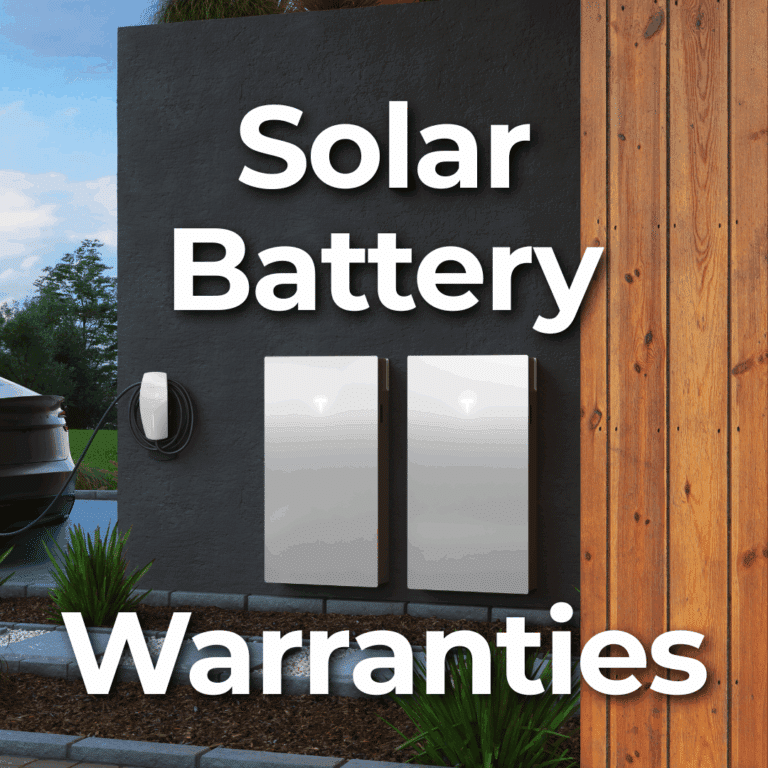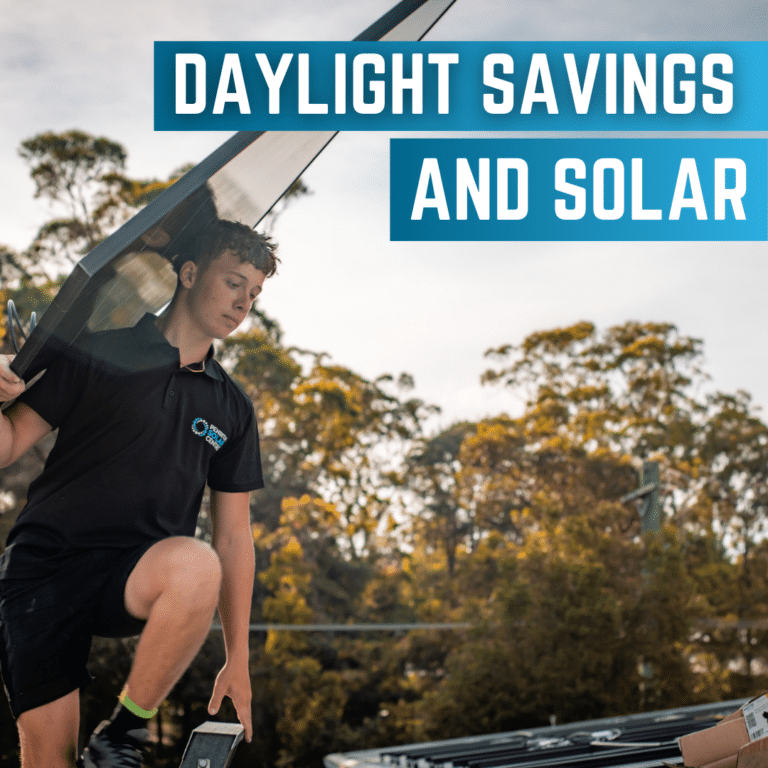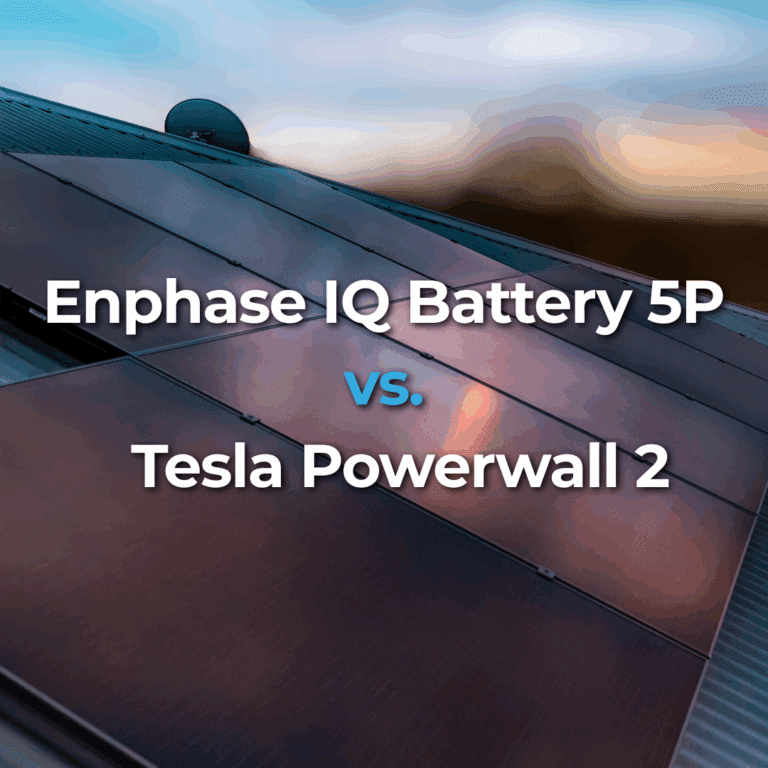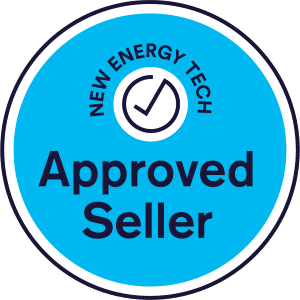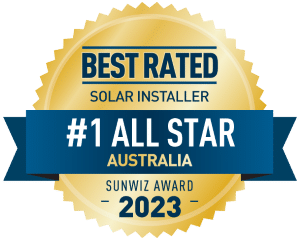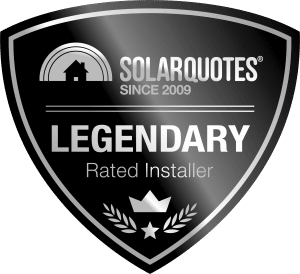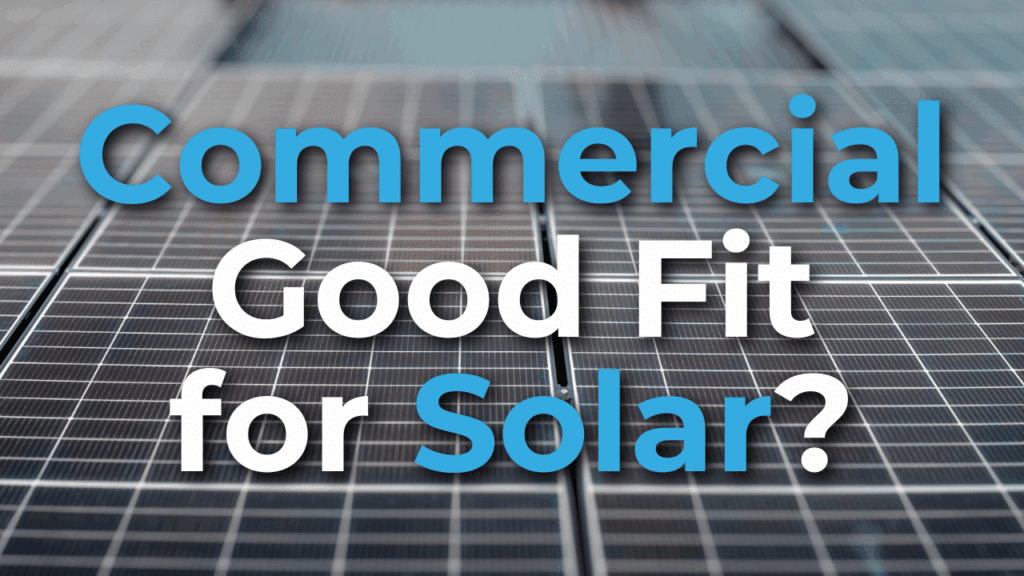
When it comes to commercial solar, the most important question isn’t how big your roof is or how many panels you can fit. It’s whether the system will deliver value for your business.
At PSC, we’ve worked with hundreds of commercial clients, and the best outcomes always come down to three key factors:
- Your electricity costs.
- Your daytime load profile.
- Your ability to use what the system generates.
At PSC, we know that when those three things line up, solar becomes one of the most reliable ways to reduce operating costs. When they don’t, the returns can slow down. That’s why we’re here to help.
In this article, you’ll learn about the following:
This guide breaks down the details of what makes a business a strong fit for solar. You’ll also learn where solar starts to make less sense and how to approach sizing and design so that your system performs the way it should.
Electricity Costs: The Higher They Are, the Stronger the Case for Commercial Solar Energy
Your electricity rate is the first factor we assess when considering commercial solar.
If you’re on a retail contract with AGL, Origin, or EnergyAustralia, the price you pay per kilowatt-hour (kWh) directly affects how much solar can save you.
A solar system generates electricity during daylight hours. That energy offsets what you would otherwise buy from the grid.
The higher your electricity rate, the more valuable each kilowatt-hour of solar becomes. Every kilowatt-hour you generate is one less you pay for.
With high rates, the return improves, and the payback period shortens. With lower rates, solar still delivers savings, but the impact is smaller, and the return takes longer.
This is the first filter we use when assessing a site. If your power is already inexpensive, the case for solar becomes harder to justify.
If you’re interested in learning a bit more about commercial solar, you might want to check out the following article titled, Commercial Solar Energy in Sydney: Why Should I Consider It?
Daytime Load Profile: When Your Business Uses Energy Matters
After we assess your electricity rate, the next factor we consider is your load profile. This tells us how your business uses electricity across the day, and it plays a significant role in how well solar will perform.
Solar systems only generate power during daylight hours. Most of that generation happens between 9 a.m. and 3 p.m. when the sun is high and consistent.
The system will deliver stronger results if your business uses the bulk of its power during that same window. Every kilowatt-hour your business consumes during solar production hours is one you don’t have to buy from the grid.
The more closely your load follows the solar generation curve, the more of that energy you’ll use directly. This is where we see certain types of businesses stand out.
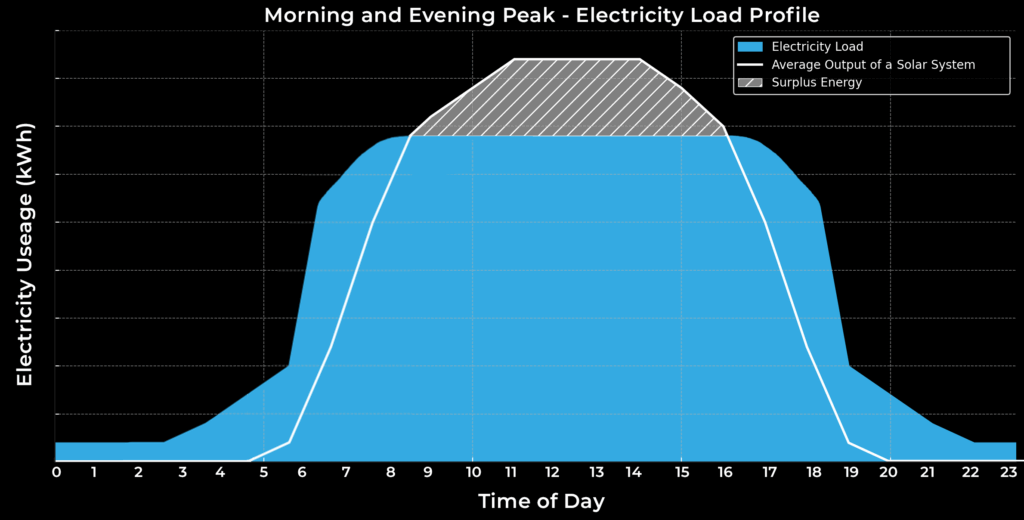
Shopping centres are a prime example. Most open around 8:00 a.m., when the lights and air conditioning kick in. As tenants open for trade, demand increases steadily through the morning, peaking at midday. In the afternoon, cooling demand drops as temperatures ease, and shops begin to close between 5:00 and 6:00 p.m.
This creates a load profile that mirrors solar production almost exactly. Because of that alignment, shopping centres tend to use nearly all the energy they generate. That level of self-consumption produces the strongest return on investment.
The same logic applies to any business that operates seven days a week. Solar works every day, and businesses that run daily are positioned to benefit from it continuously.
A system that’s generating while the site is idle creates waste. But if you’re open seven days, you give the system more chances to offset grid usage.
When daytime load and operating hours align with solar output, the case for commercial solar strengthens significantly. Matching your usage with production isn’t just a technical detail. It’s the key to unlocking consistent, long-term value.
If you’re interested in learning a bit more about commercial solar installation, you might want to check out the following article titled, Commercial Solar Panel Feasibility Study: How Businesses Can Assess Energy Benefits.
Power up your savings. Click here.
Weekend Downtime Reduces Solar Performance for Your Business
Most manufacturers and industrial facilities don’t operate seven days a week. These five-day sites see different results from solar.
They often use a lot of electricity from Monday to Friday. During those hours, solar performs well. But the system keeps generating on weekends, even when the site shuts down.
Without weekend operations, there is little or no demand for that power. The system exports the excess electricity back to the grid.
In commercial settings, exported energy earns very little. Most feed-in tariffs are too low to create meaningful savings. Some sites receive no payment at all.
This export doesn’t provide value. It becomes wasteful energy the business paid to generate but couldn’t use.
On many five-day sites, weekend exports comprise 10% to 25% of total solar generation. That percentage represents lost value across the life of the system.
Five-day operations can still be a good fit for solar. But the payback period changes. A site with a four-year payback might now take five and a half or six.
For many businesses, that is still a strong return. But it’s important to set clear expectations before the system goes in.
If you’re interested in learning a bit more about feed-in tariffs, you might want to check out the following article titled, Understanding Feed-In Tariffs and Their Limitations.
Let’s talk solar savings. click here.
Exporting Solar Energy to the Grid Offers Little Financial Benefit for Your Business
When a business uses less electricity than the solar system generates, the excess energy is fed to the grid.
In residential systems, feed-in tariffs usually provide a small credit for exported power. In commercial systems, those rates are much lower or don’t exist at all. Exported power rarely offsets your energy costs in a meaningful way.
The payback period will increase if your system exports 50% or more of its total generation. In some cases, it can stretch out to nine years or more.
When we see results like this, we show the complete modelling to the customer. We explain that the system, as designed, may not be worth moving forward with.
At that point, we explore other options. We might reduce the system size to match the site’s load better. We might also assess whether battery storage can improve the business case.
If you’re interested in learning a bit more about the differences between energy retailers and distributors, you might want to check out the following article titled, Energy Distributors vs. Energy Retailers: What’s the Difference?
Ready to go solar? Click here.
Bigger Isn’t Always Better: Why Roof Size Shouldn’t Drive Solar Energy System Size for Your Business
Many businesses assume that a big roof should mean a big solar system. But that mindset often leads to poor results.
What matters most is how much energy your business uses, not how much space you have.
Here’s what we look at instead:
- Energy use matters more than roof size. A large roof doesn’t mean you need a large system. If your electricity use is low, extra panels won’t deliver additional value.
- Some sites have low demand. Storage facilities and warehouses often have minimal energy needs, just lighting and a few appliances. They don’t need large systems.
- Smaller systems often perform better. A system that covers only 5% to 10% of the roof may be ideal in these cases. It matches output to actual usage.
- Oversizing reduces returns. Extra panels push more energy into the grid. But in commercial settings, exported power earns little or nothing. That energy becomes waste.
- Use what you generate. The goal isn’t to fill every square metre. The goal is to match your solar system to your daily load. That’s where the best value lies.
If you’d like to learn a bit more about our aftercare, you might want to check out the following article titled, Penrith Solar Centre’s Service Department Safeguards the Future of Your System.
Get Started with solar. Click here.
Solar Energy System Installation Costs and Commercial Site Complexity Matter
The final factor in your solar business case is the cost of installation. This depends on the layout and complexity of your site.
Here’s what affects the installation cost:
Simple rooftops cost less. A single, flat roof with one switchboard is the most straightforward and affordable setup.
Complex sites increase cost. If your site has the following issues, the installation will take more time, labour, and materials.
- Multiple roof sections.
- Different building heights.
- Several switchboards.
- Or requires a ground-mounted system.
Connections across the property. Some sites need electrical work across multiple buildings. This adds to the total project cost.
Higher cost affects payback. A complex installation can reduce the return on investment. It doesn’t mean solar won’t work; it just means we need to factor it into the financial model.
In the end, your site’s load profile, electricity rate, and installation cost all come together to decide whether solar is a smart fit for your business.
If you’re interested in learning a bit more about the importance of a good installer for your solar (the most important component of any system, seriously), you might want to check out the following article titled, In-house Installers vs. Subcontractors: Which is Better?
Let’s go solar today. Click here.
When Solar Batteries Help Your Business (and When They Don’t)
If your solar system generates more power than your site can use, battery storage might help close the gap.
Here’s how batteries can change the equation:
Store excess solar for later use. A battery captures unused solar power during the day. Your site can then use that energy in the evening or during short bursts of high demand.
Reduce waste, increase returns. By storing energy instead of exporting it, you reduce waste. This can improve the system’s financial performance.
Battery prices are falling. As costs continue to drop, more businesses are considering batteries. They’re becoming a practical option for sites with high export levels.
Not always necessary. We don’t recommend batteries by default. We only include them when they clearly improve the business case.
A solution when solar falls short. If solar alone doesn’t deliver strong returns, battery storage might be the missing piece that makes the project worthwhile.
If you’re interested in learning a bit more about solar batteries, you might want to start with the following article titled, Adding a Battery to a Solar System.
Final Thoughts: It’s About Fit, Not Size
There is no universal answer to whether solar will work for your business. Some sites are near-perfect fits. Others aren’t. And many sit somewhere in between.
The best results come from businesses that:
- Pay high electricity rates.
- Operate seven days a week.
- Have consistent daytime energy use.
- You can use most of the solar energy onsite.
- Have a relatively simple installation footprint.
If your business meets most of these criteria, you can expect a strong business case with a short payback period. If you don’t, the case will still hold, but the numbers will take longer to stack up.
At PSC, we’re focused on generating returns for you by installing systems that fit your needs. Your solar system’s value lies in performance, not in panel count. When done correctly, it delivers dependable savings and long-term benefits.
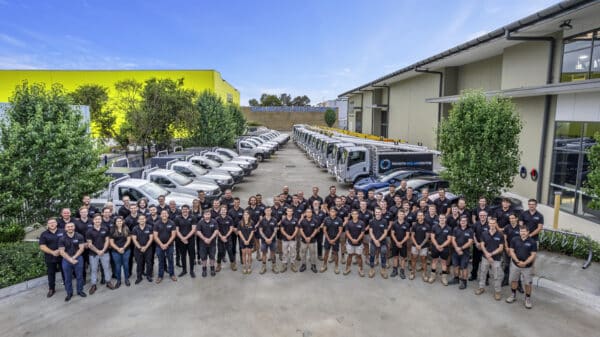
If you’re interested in learning a bit more about the NSW solar battery rebate, you might want to check out the following article titled, Everything You Need to Know About the Home Battery Rebate for NSW.

